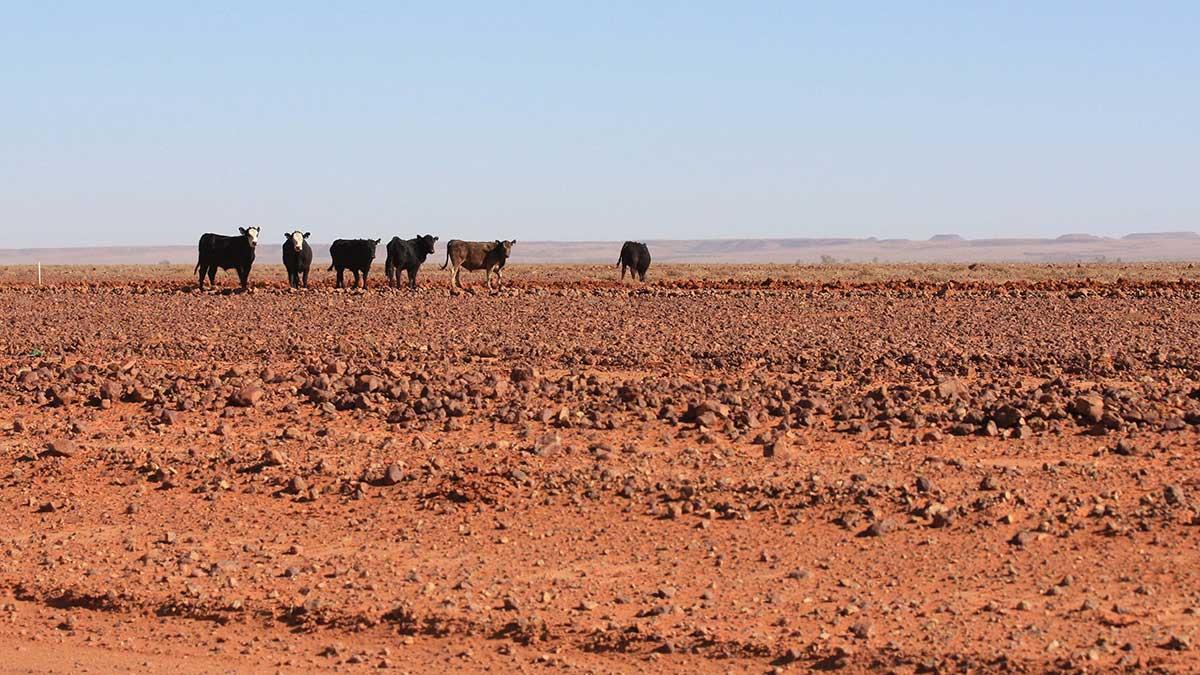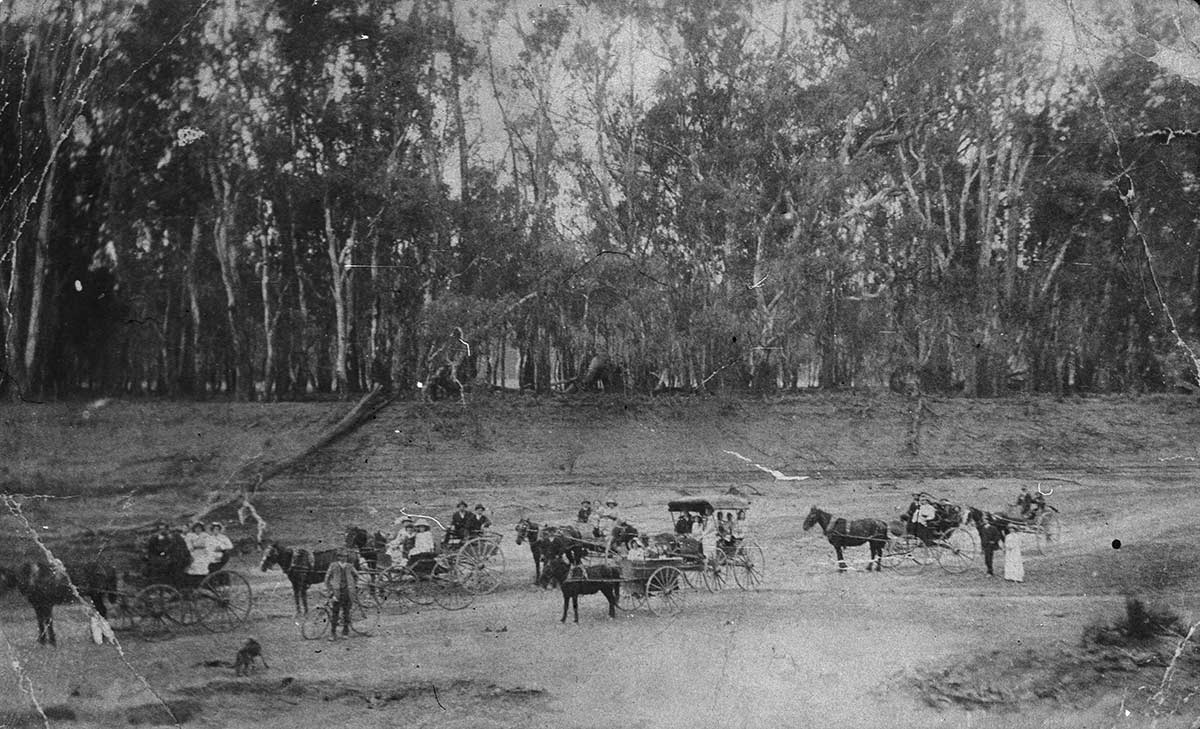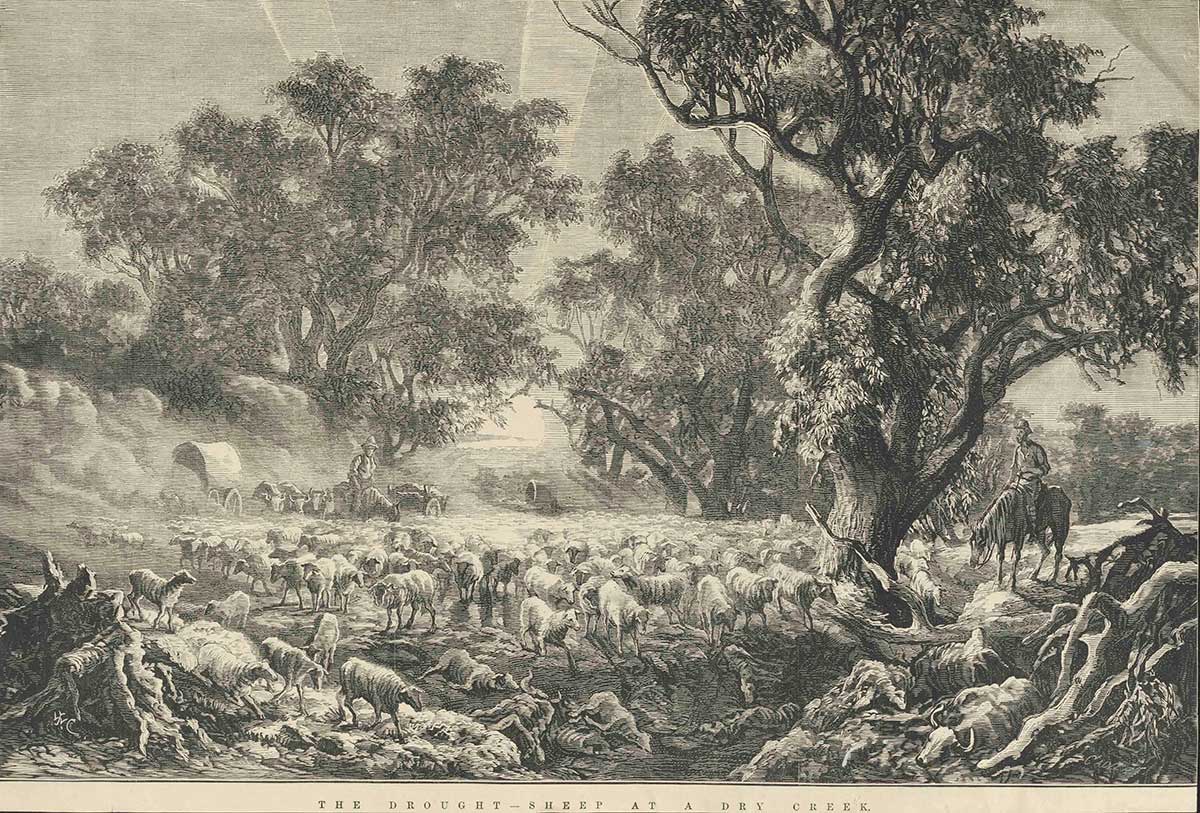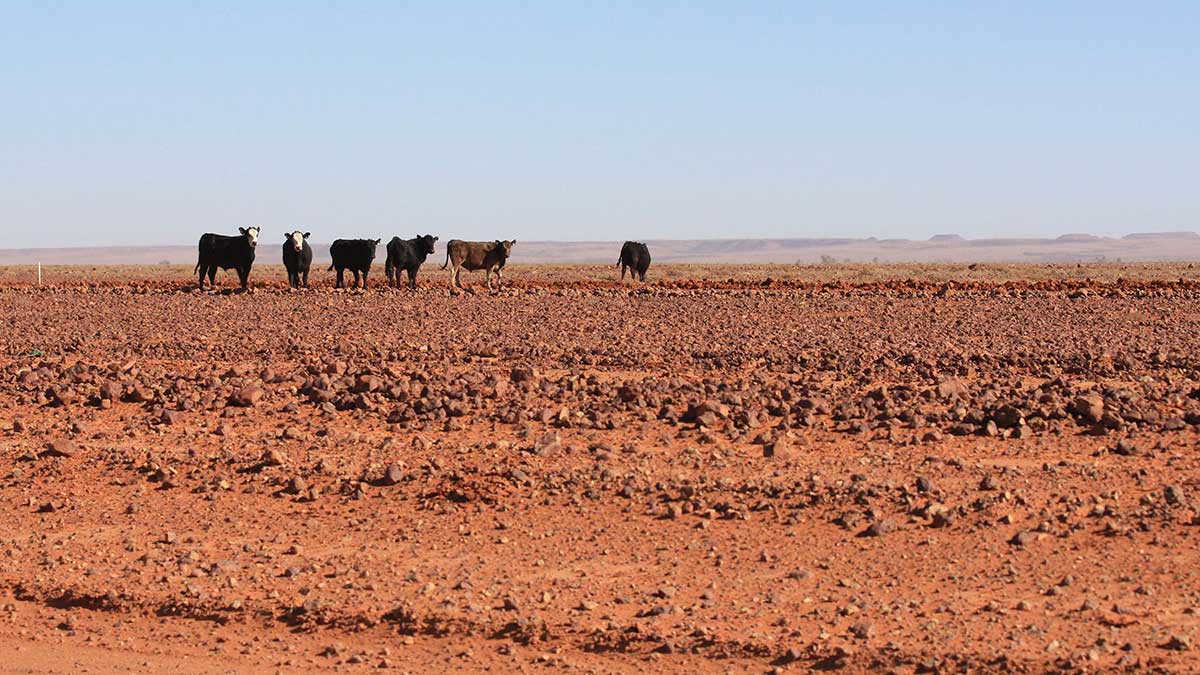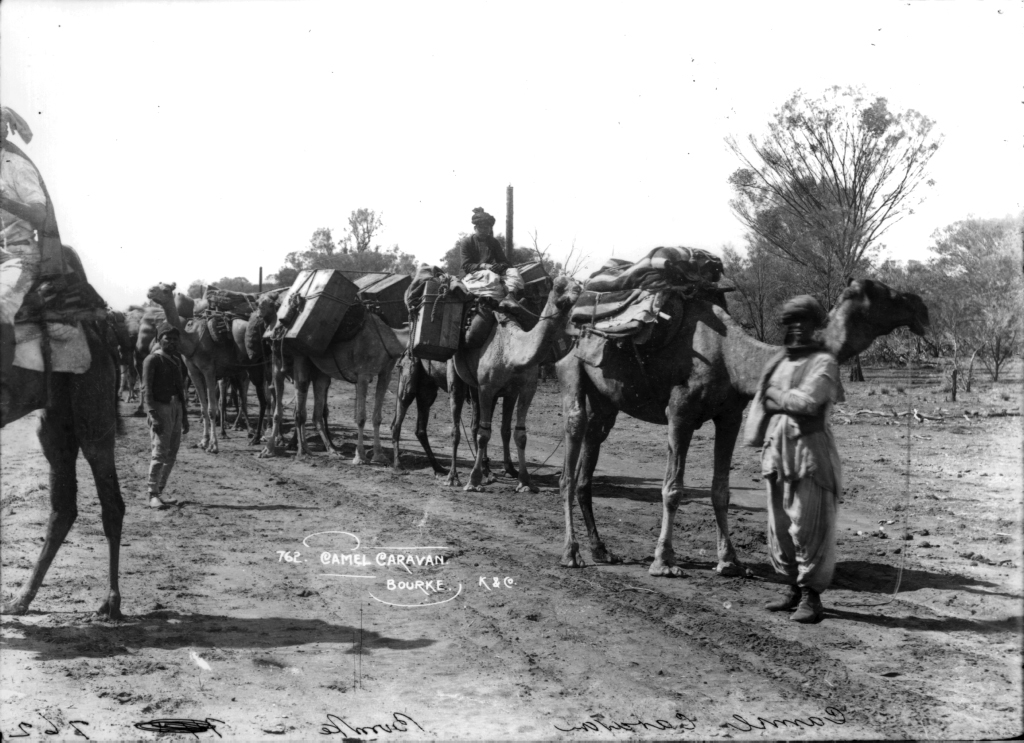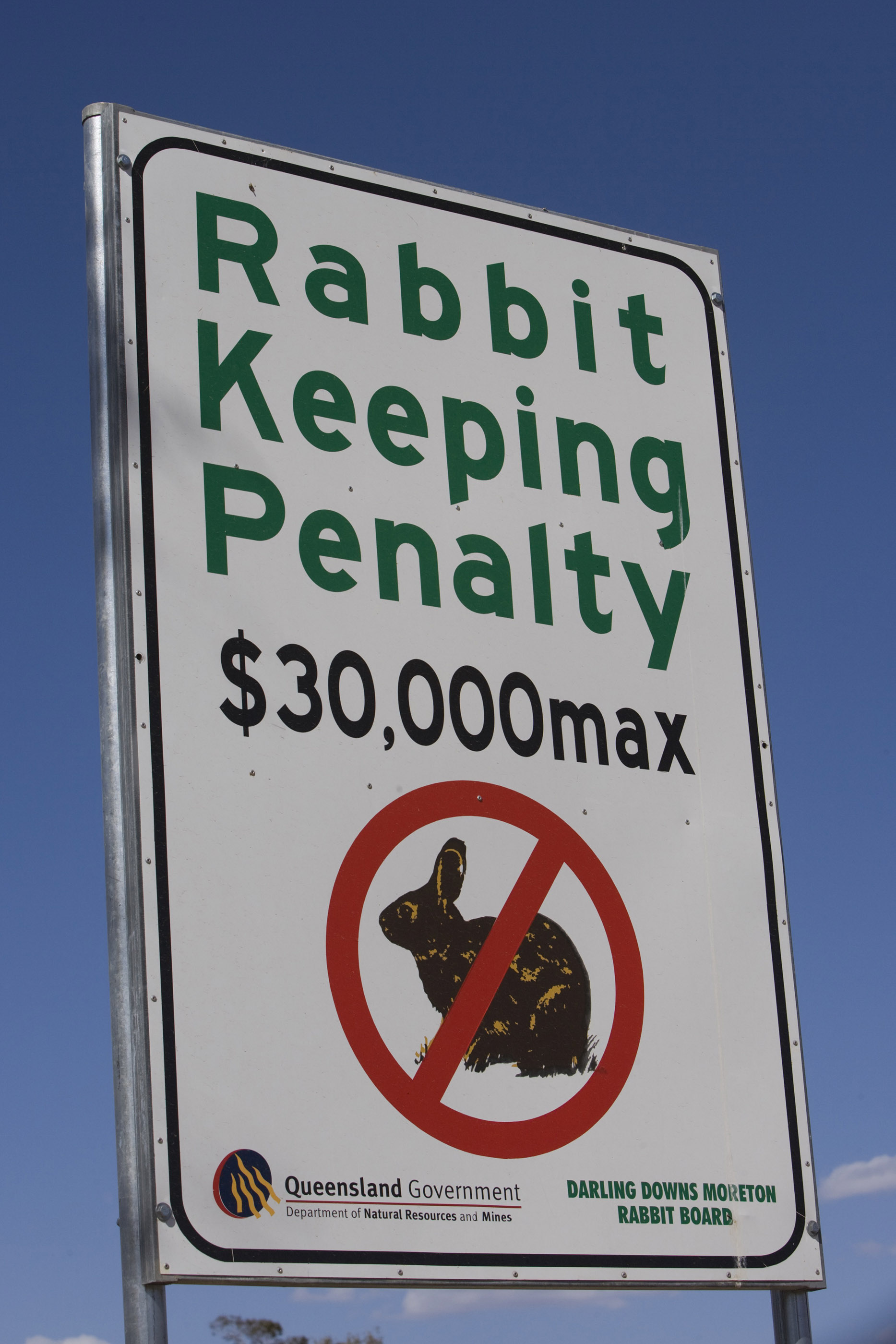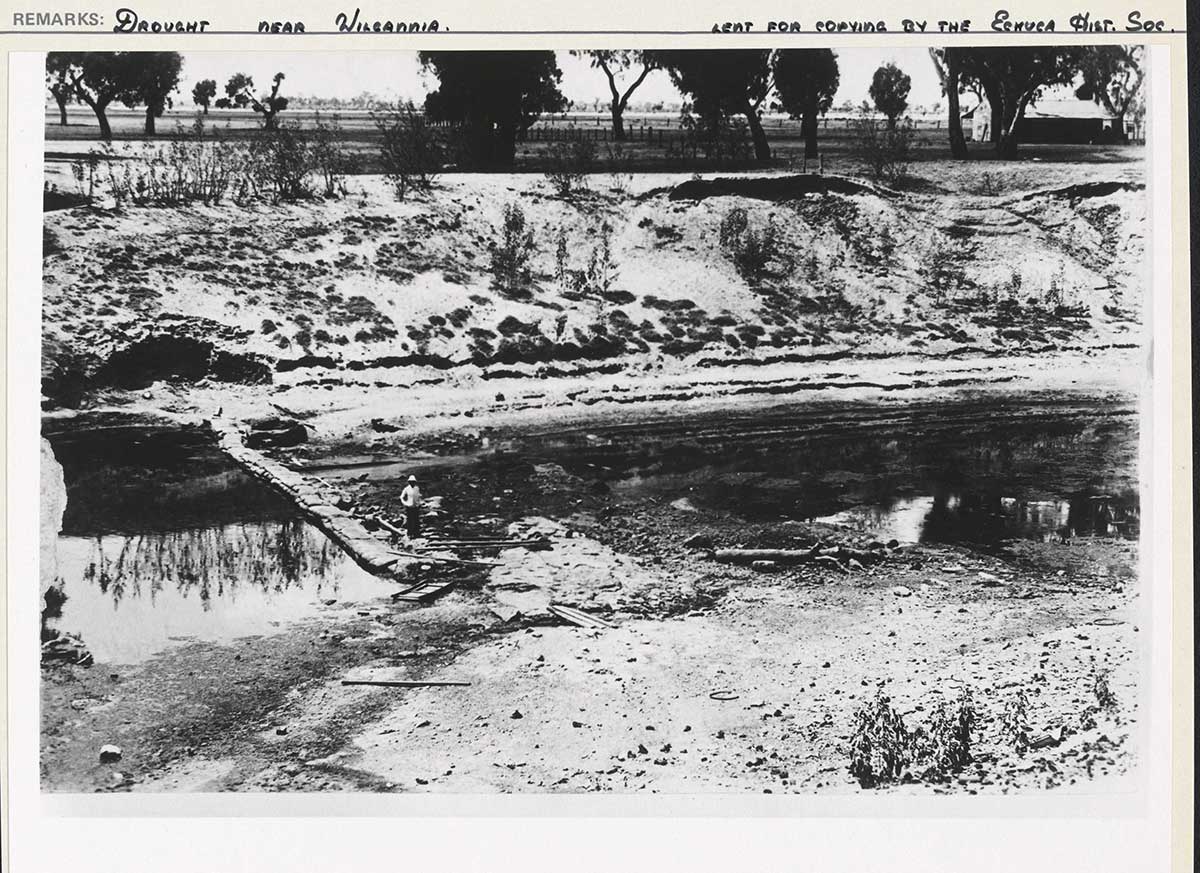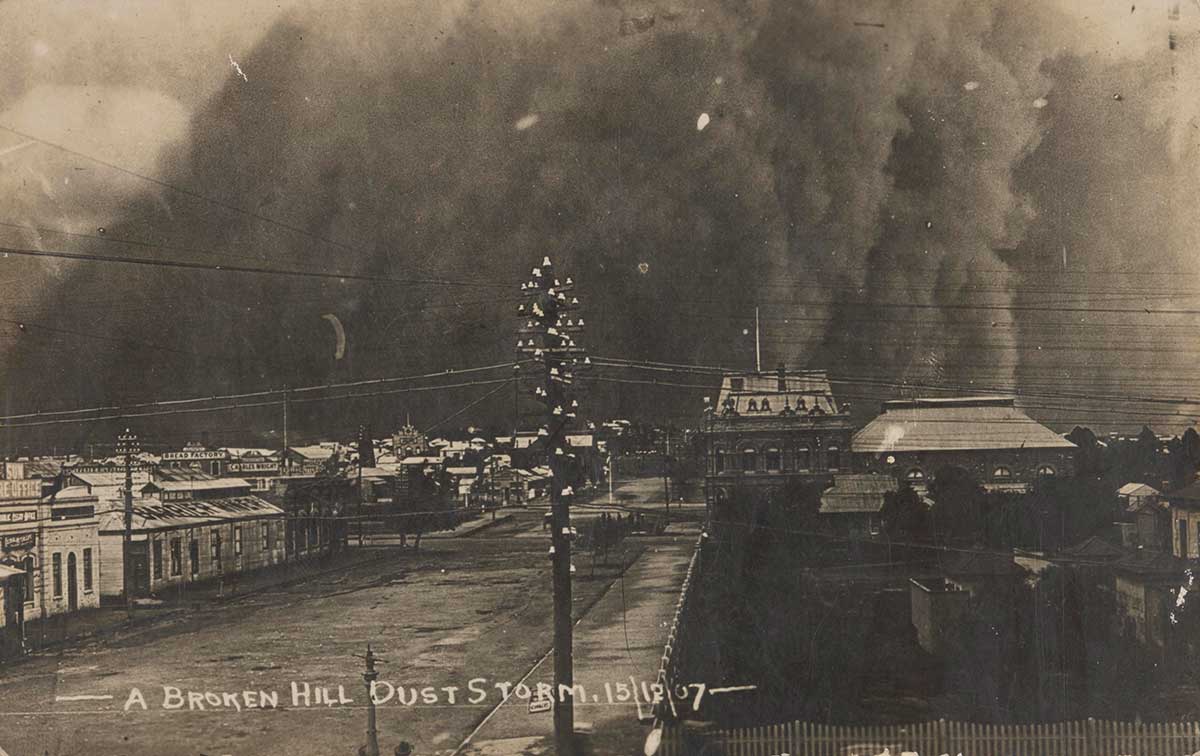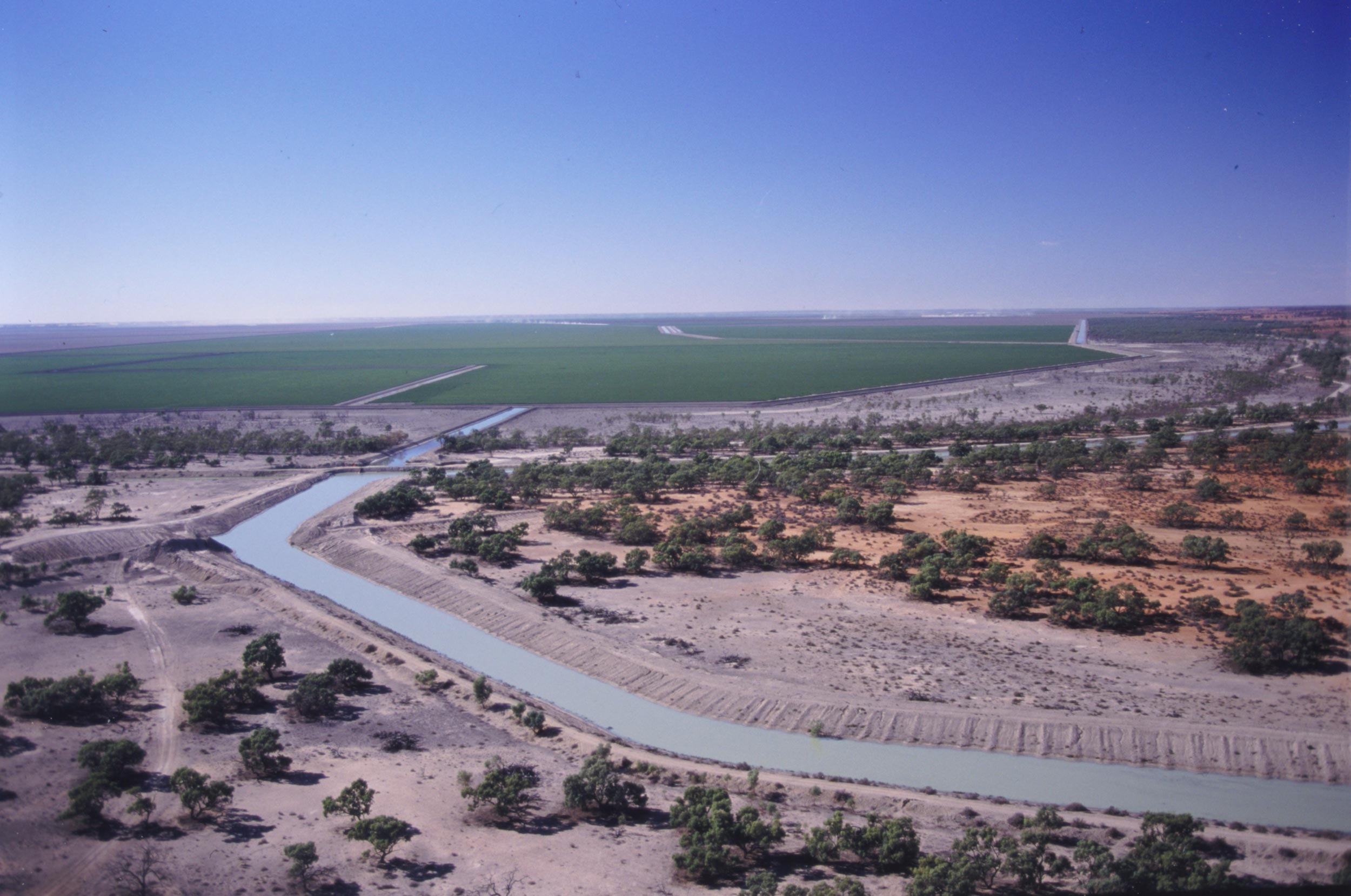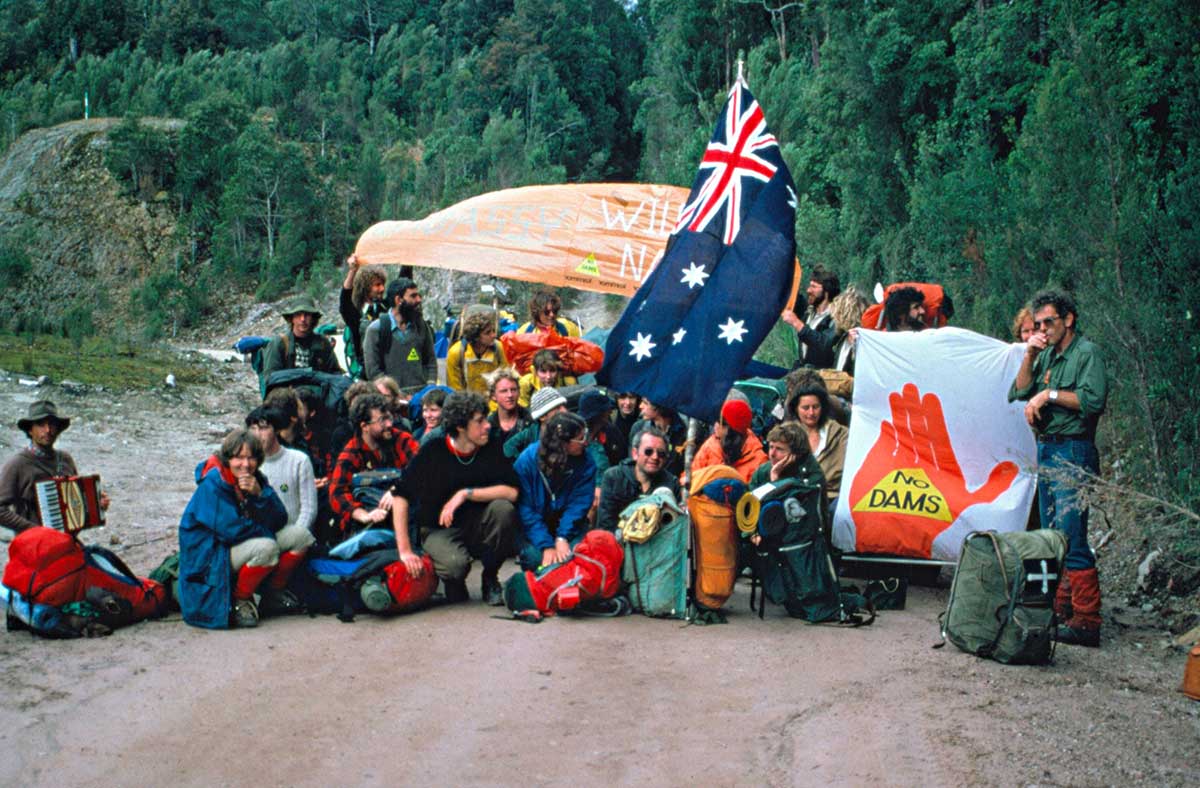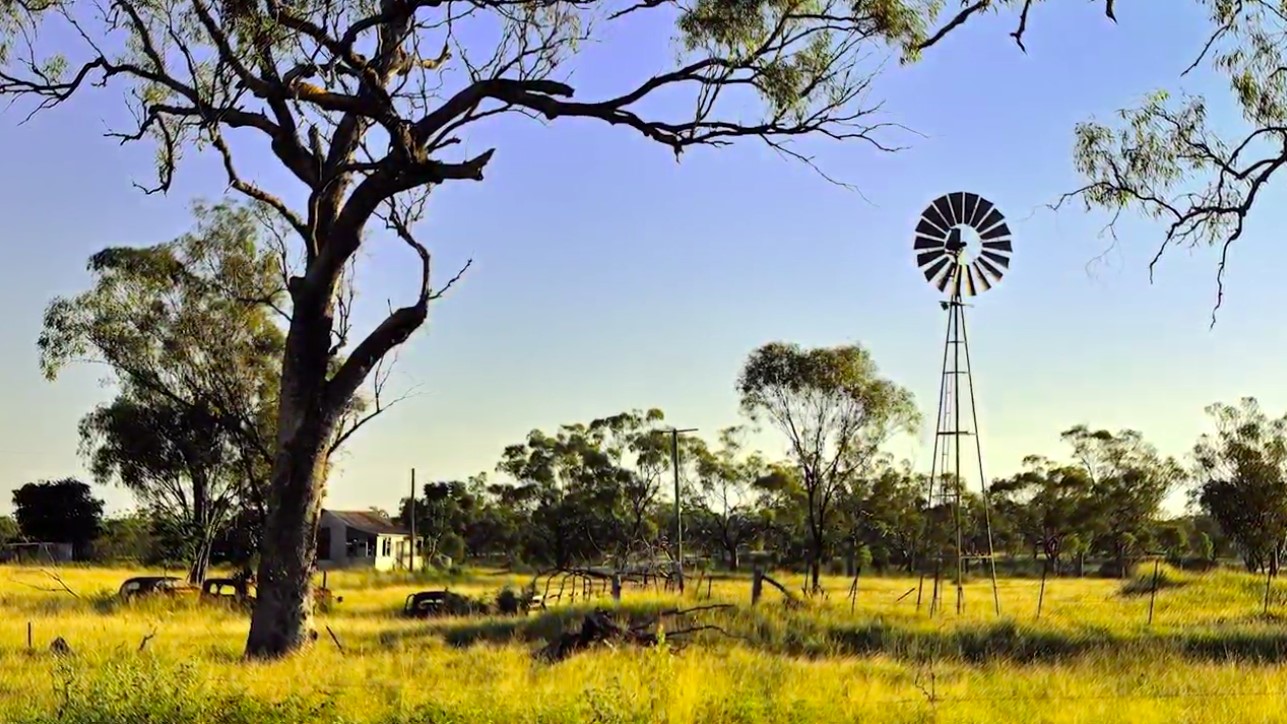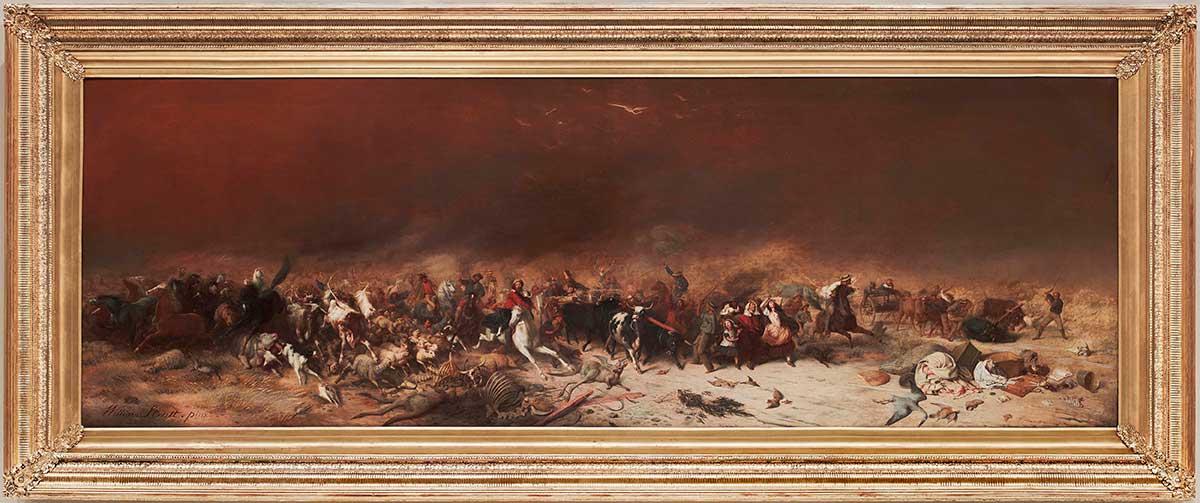‘We see the cattle die’
1895–1903: Federation Drought, the worst since European settlement
‘We see the cattle die’
1895–1903: Federation Drought, the worst since European settlement
In a snapshot
Australia is the driest inhabited continent where long periods of low rainfall, sometimes lasting many years, are common. The Federation Drought from 1895 to 1903 (named after Australian Federation, achieved in 1901) was the worst drought ever recorded in Australia. During the drought Australia lost more than 40 per cent of its cattle, and it took 50 years for sheep numbers to recover. The drought also broke up the huge farms occupied by squatters and changed Australian farming practices.
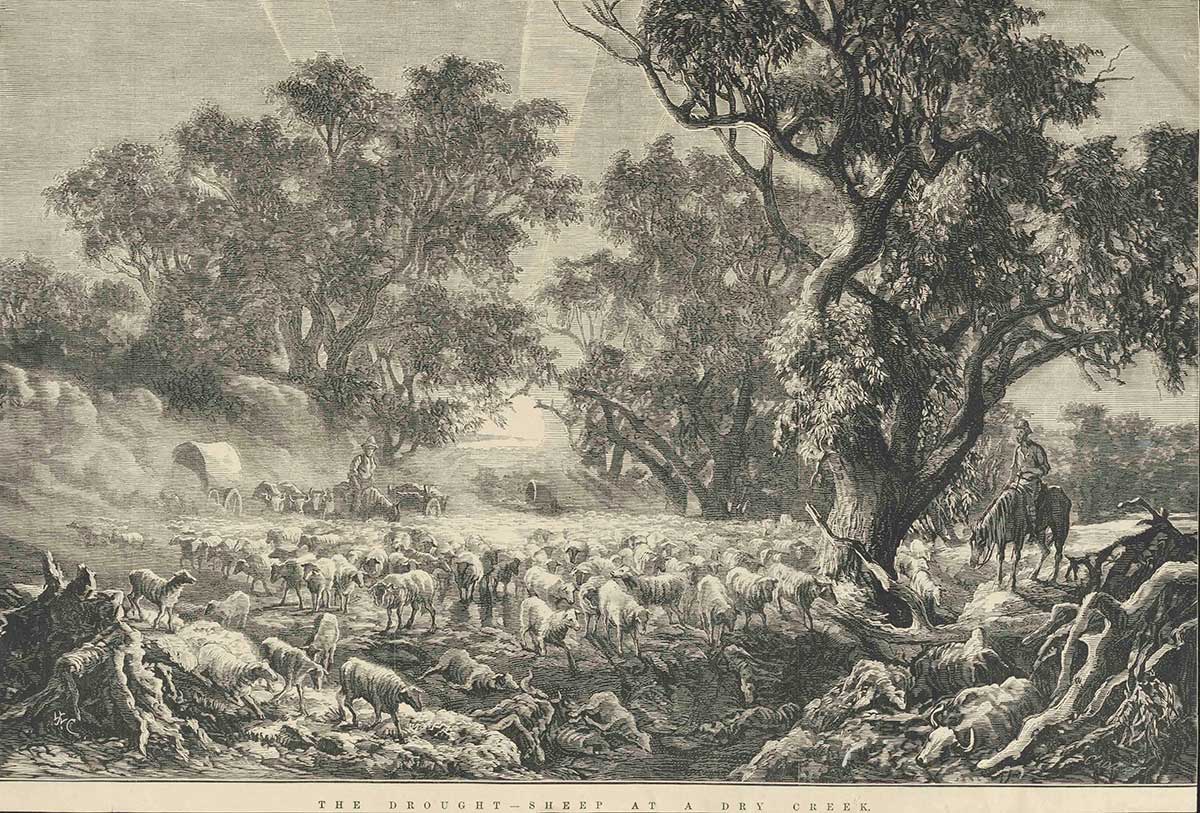
 Can you find out?
Can you find out?
1. Why did pastoralists buy and breed so many sheep before the Federation Drought?
2. Was droving a successful strategy for coping with the drought? Give reasons for your answer.
3. Was the state or federal government responsible for responding to the drought at that time?
What happened before the drought?
Pastoralism spread throughout Australia during the 1800s. Pastoralists were helped by new rail lines and the digging of new bores (underground water sources), which allowed them to quickly spread throughout the interior of Australia.
Pastoralists favoured sheep because they were cheap and, before the drought, water was usually available. By the end of the 1840s, 2000 squatters occupied 28 million hectares of land, mostly for sheep farms.
What happened during the drought?
After the drought broke out in 1895, the cost of buying food for cattle became too high for pastoralists. Banks foreclosed on some stations, leading owners to abandon their land. The drought was so severe that by 1903 the number of sheep was 54 million, down from 106 million only nine years earlier.
Around five million acres of farmland was abandoned during the drought in western New South Wales alone. The drought was made worse by rabbits. They dug up native bushes, trees and shrubs, leaving dry ground which was lifted away in huge dust storms.
Research Task
Make a list of the different ways a drought might affect an area. Think about consequences for farm animals, towns, farmers, native animals and the environment.
The drought led to widespread droving as pastoralists desperately searched for water and food for their cattle. Known as the ‘long paddock’, drovers moved their cattle along enormous roads to find water. Other drovers moved their cattle closer to the east coast where conditions were not so dry. Droving was often unsuccessful, and some drovers lost up to 70 per cent of their cattle.
State governments had no plan for how to respond to the Federation Drought. The new Australian Government (created in 1901) refused to lower taxes to help farmers feed their animals, as they believed this was a state responsibility.
With no help from the Australian Government, the Lord Mayors of Melbourne and Sydney started campaigns which raised £42,000 (about $7.5 million in 2024) for drought-affected areas from 1902 to 1903. Australia’s most famous opera singer, Dame Nellie Melba, donated money from her final performance in 1903 to the campaign.
‘Core of my heart, my country!
Her pitiless blue sky,
When sick at heart, around us,
We see the cattle die —
But then the grey clouds gather,
And we can bless again.
The drumming of the army,
The steady, soaking rain.’

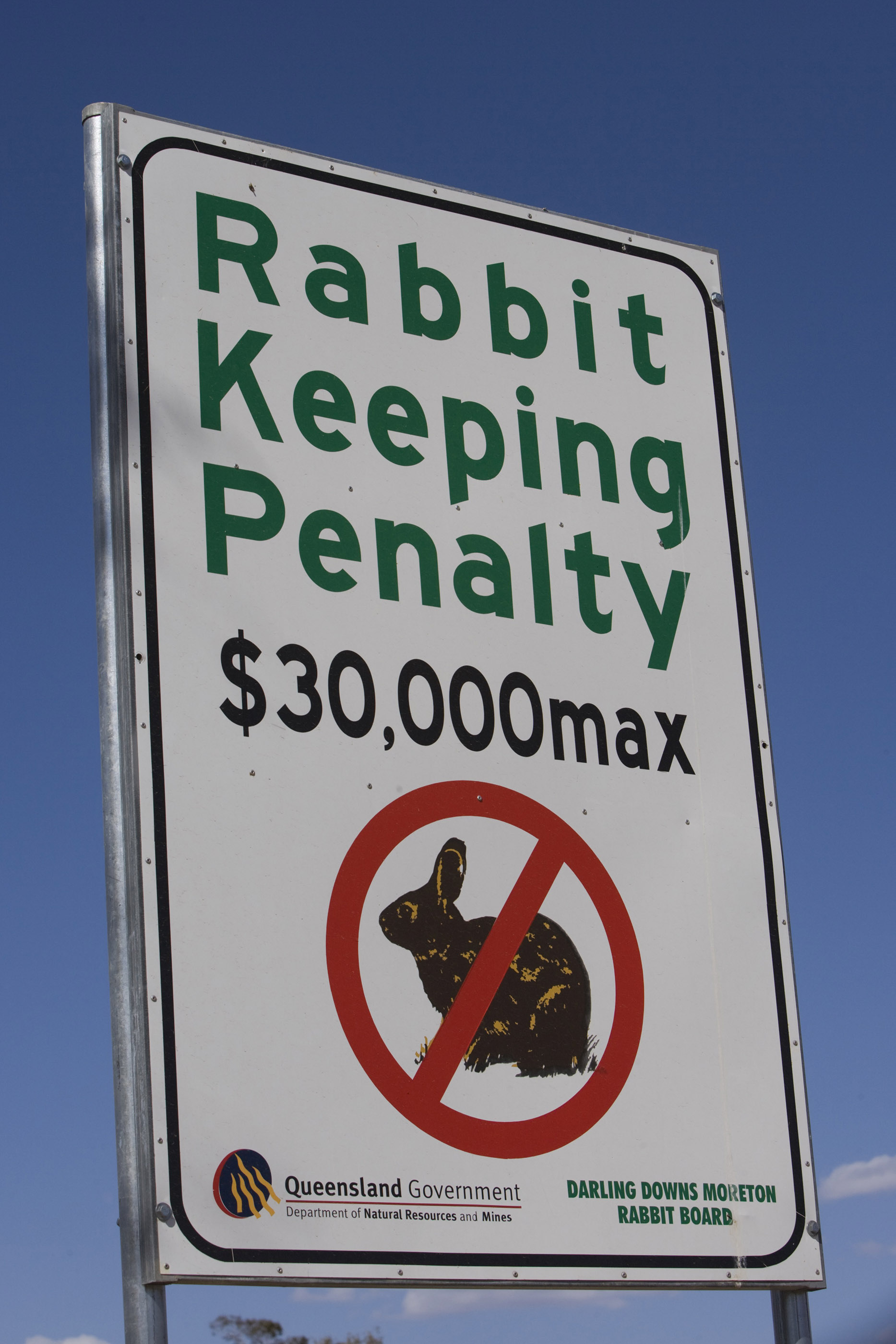
What were the effects of the drought?
Before the drought, some farms in New South Wales and Queensland were up to 3000 square kilometres in size and had hundreds of thousands of sheep. Many of the large farms did not survive the drought because of bank foreclosures and land reforms by the government. Sometimes these farms were broken up into sections, and smaller farms became more common.
Pastoralists also began to adopt mixed farming — combining sheep with other animals or crops, rather than farming only sheep as they had done before the drought.
The Australian Government eventually became involved in drought relief, after helping Tasmania to recover from bushfires in 1939 during another severe drought.
Drought has not disappeared from Australia, and in 2017 drought set in again across large parts of New South Wales and Queensland.
Read a longer version of this Defining Moment on the National Museum of Australia’s website.
 What did you learn?
What did you learn?
1. Why did pastoralists buy and breed so many sheep before the Federation Drought?
2. Was droving a successful strategy for coping with the drought? Give reasons for your answer.
3. Was the state or federal government responsible for responding to the drought at that time?






